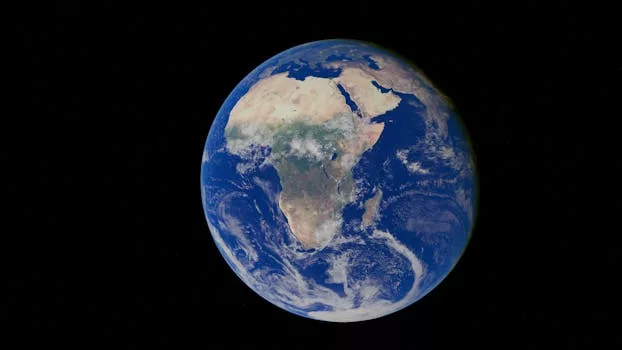
“
From Stardust to Dreams: Imagining Life Beyond the Stars
Introduction
From Stardust to Dreams: Imagining Life Beyond the Stars. The universe has always been a subject of fascination for humans. From the early astronomers who gazed up at the night sky to the modern-day space explorers, the quest to understand the cosmos has been a driving force behind human discovery. As we continue to push the boundaries of space travel and exploration, we are faced with the ultimate question: is there life beyond our planet? In this article, we will delve into the possibilities of life beyond Earth and explore the wonders of the universe. For more insights, check out our WordPress SEO Guide.
The Building Blocks of Life
The concept of life beyond Earth is not a new one. For decades, scientists have been searching for signs of life on other planets and moons in our solar system. One of the key factors in determining the possibility of life is the presence of water. Water is essential for life as we know it, and its presence on other planets or moons is a crucial indicator of the potential for life. Recently, NASA’s Curiosity rover discovered evidence of ancient lakes and rivers on Mars, suggesting that the Red Planet may have once been habitable. This discovery aligns with our exploration of new worlds and possibilities.
Exoplanets and the Search for Life
Exoplanets, which are planets that orbit stars outside of our solar system, have become a major area of research in the search for life beyond Earth. To date, over 4,000 exoplanets have been discovered, and many of these planets are believed to be located in the habitable zones of their respective stars. The habitable zone, also known as the Goldilocks zone, is the region around a star where temperatures are just right for liquid water to exist. The discovery of exoplanets has opened up new possibilities for the search for life beyond our solar system. For more on this topic, see our article on charting new realms.
The Future of Space Exploration
As we continue to explore the universe, we are developing new technologies that will allow us to search for life beyond our planet. The upcoming James Webb Space Telescope, for example, will have the capability to study the atmospheres of exoplanets and detect signs of life. Additionally, private companies such as SpaceX and Blue Origin are working towards establishing a human presence in space, which will enable us to conduct more extensive searches for life beyond Earth.
Conclusion
In conclusion, the search for life beyond Earth is an ongoing and fascinating field of research. From the building blocks of life to the search for exoplanets, scientists are making new discoveries that are bringing us closer to answering the ultimate question: is there life beyond our planet? As we continue to explore the universe, we may uncover new and exciting possibilities for life beyond our planet.
Takeaways
- The search for life beyond Earth is an ongoing field of research.
- Water is essential for life as we know it, and its presence on other planets or moons is a crucial indicator of the potential for life.
- Exoplanets have become a major area of research in the search for life beyond Earth.
- New technologies, such as the James Webb Space Telescope, will enable us to search for life beyond our planet.
- Private companies, such as SpaceX and Blue Origin, are working towards establishing a human presence in space.

